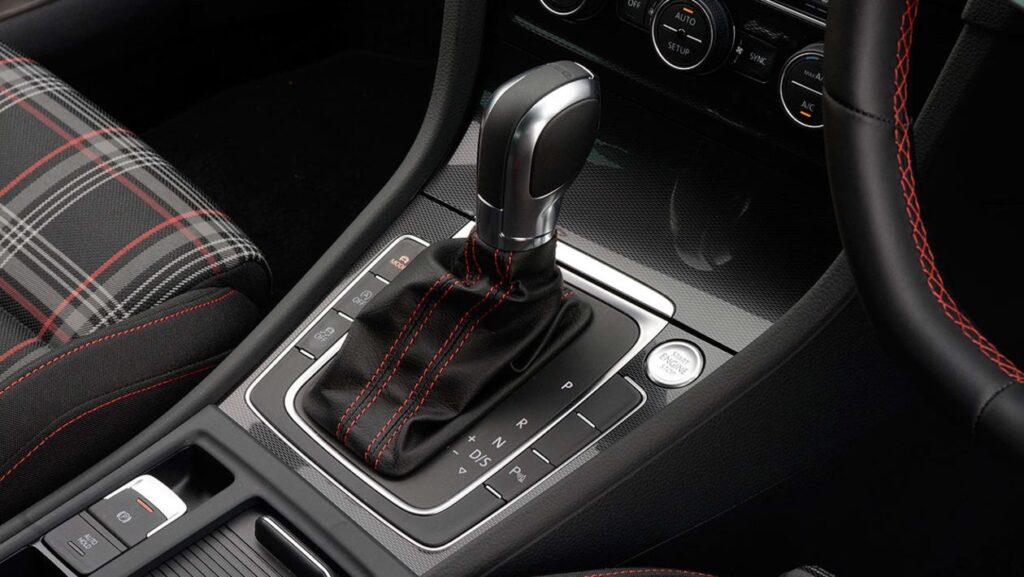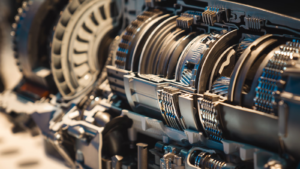What Is a Direct Shift Gearbox (DSG) and How It Works? (57)

The automotive world is brimming with innovations and advancements, one of which is the Direct Shift Gearbox (DSG). This technology, a brainchild of dual-clutch system evolution, has revolutionized the way vehicles handle transmission. The introduction of DSG marked a significant leap from the conventional manual and automatic gearboxes, offering a blend of both worlds – the control and efficiency of a manual transmission with the convenience of an automatic. Understanding the mechanics and advantages of DSG is essential for anyone keen on modern automotive technology, from daily drivers to car enthusiasts.
Understanding the Basics of Direct Shift Gearbox (DSG)
Definition and Historical Context
The Direct Shift Gearbox (DSG) is a type of semi-automatic or automated manual transmission. In its essence, DSG incorporates two separate clutches for odd and even gear sets. Developed and popularized by major automotive groups, this technology was first introduced in the early 2000s. It has since been adopted by various manufacturers and has become a staple in the performance car segment.
Basic Components and Functions
Direct Shift Gearbox (DSG) operates primarily through two main components: two independent clutches and a complex electronic control unit. The clutches are arranged concentrically, with one controlling the odd gears (1st, 3rd, 5th, and so on) and the other handling the even gears (2nd, 4th, 6th, etc.). This dual-clutch system is designed to preselect the next gear, minimizing the time taken to shift and providing a seamless transition.
How Direct Shift Gearbox (DSG) Works: An In-Depth Look
Unlike traditional automatic transmissions that use torque converters, DSG employs a dual-clutch design which significantly reduces the lag and power loss usually experienced during gear shifts. The first clutch engages the current gear, while the second clutch prepares to engage the next gear. This foresight allows for swift and almost imperceptible gear changes.
Comparatively, in a standard manual transmission, the driver must disengage the clutch, select the gear, and re-engage the clutch—a process that, while giving more control to the driver, is slower and can be less efficient in terms of fuel consumption and power delivery.
Advantages of Direct Shift Gearbox (DSG)
Improved Fuel Efficiency
One of the primary benefits of DSG is its improved fuel efficiency over traditional automatic transmissions. The quicker shift times and the efficient transfer of power from the engine to the transmission system result in less fuel consumption and reduced emissions.
Faster Shift Times
Direct Shift Gearbox (DSG) can shift gears in mere milliseconds, significantly faster than a human can manually shift gears. This quick response time not only contributes to a more responsive driving experience but is also beneficial in high-performance or racing scenarios.
Reliability and Performance Benefits
DSG is generally more reliable than its traditional automatic counterparts, primarily due to the absence of a torque converter and the reduced number of moving parts. Additionally, the ability to handle higher levels of torque makes DSG ideal for performance-oriented vehicles.
Potential Drawbacks of Direct Shift Gearbox (DSG)
Despite its numerous advantages, DSG is not without its drawbacks. Common issues include a higher cost of maintenance and repair compared to traditional transmissions. Also, DSG can sometimes be less smooth in low-speed traffic conditions, exhibiting a jerky behavior, which can be a point of discomfort for some drivers.
The cost factor is also significant, as DSG is generally more expensive to manufacture and maintain. This cost is often passed on to the consumer, making vehicles equipped with DSG more expensive than those with standard transmissions.
DSG in Different Vehicle Types
Direct Shift Gearbox (DSG) is used in a wide range of vehicles, from high-performance sports cars to everyday compact cars. Each application of DSG is tailored to the vehicle’s requirements, whether it’s maximizing the performance in a sports car or providing smooth and efficient gear shifts in a city car.
Impact of Direct Shift Gearbox (DSG) on Driving Experience
The impact of DSG on the driving experience is profound. Drivers often report a more engaging and responsive drive, thanks to the quick shift times and efficient power delivery. The seamless gear shifts contribute to a smoother ride, especially at higher speeds.
DSG has also played a significant role in shaping modern car technology. Its ability to handle high torque outputs and rapid shifts has made it a preferred choice in the performance car segment, influencing the overall trends in automotive engineering.

Conclusion
The DSG represents a remarkable advancement in automotive transmission technology. By combining efficiency, performance, and driving pleasure, it has set a new standard in the industry. As automotive technology continues to evolve, the future of DSG looks promising, with potential for further enhancements and wider adoption in the global car market.